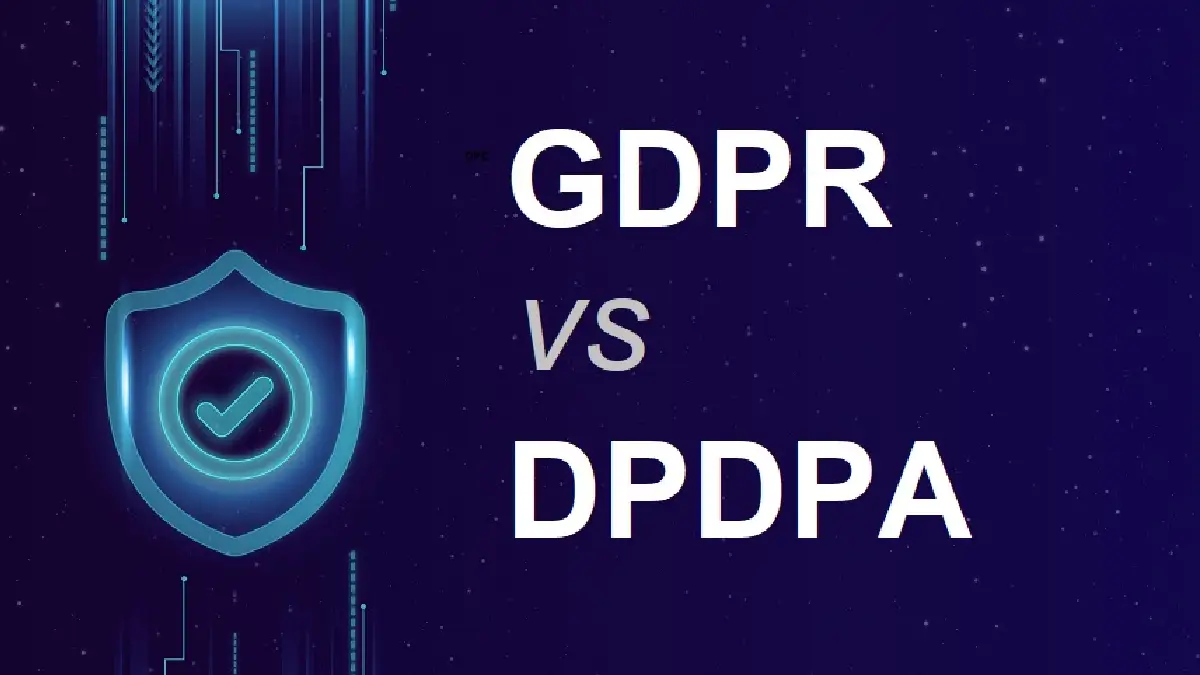Creating a comprehensive compliance roadmap for the Digital Personal Data Protection Act 2023 is essential for organizations handling digital personal data in India. This blog post aims to outline the DPDPA Compliance in 6 Steps which every privacy professional should take to ensure proactive compliance with the Act, especially focusing on the most resource-intensive and technology-dependent operational elements.
Let’s understand the DPDPA Compliance in 6 Steps:
1. Determine Applicability
First and foremost, determine whether the Act applies to your organization. This involves understanding if your organization processes digital personal data within India, or processes such data outside India that relates to offering goods or services to data subjects within India. Exceptions apply to personal or domestic data processing and publicly available data. A deep dive into specific exemptions and broad exclusions, especially for government agencies and certain data fiduciaries, is crucial.
2. Build a Data Inventory and Map
Developing a data inventory and map is foundational for any privacy compliance program. Although not explicitly mentioned in the Act, understanding the types of personal data processed, their storage locations, processing activities, and shared data processors is vital. This step supports compliance with various obligations, such as ensuring data accuracy, enabling data principal rights, enforcing data erasure requirements, and providing processing notifications.
3. Set Up Consent Mechanisms
Consent is a cornerstone of data processing under the Act. Review data maps to identify processing activities reliant on consent. Develop a clear, uncomplicated consent request process, including the creation of methods for collecting and managing consent, especially for minors and persons with disabilities. Establishing a straightforward consent withdrawal process and maintaining detailed consent logs is also mandatory.
4. Implement Technical and Organizational Measures
Compliance requires “appropriate technical and organizational measures” and “reasonable security safeguards.” The selection of these measures should be risk-based, aligning with industry best practices and considering the context of data processing. Organizational measures include employee training, standard operating procedures, and internal policies. Technical measures involve data anonymization, strong access controls, and maintaining secure configurations of devices and software.
5. Integrate Consent Management Solution
An additional crucial step is integrating a Consent Management Solution (CMS). This tool will streamline the process of obtaining, recording, and managing consent, ensuring that all data processing activities are compliant with the Act’s consent requirements. It simplifies consent withdrawal and ensures synchronization across systems. A CMS also aids in demonstrating compliance, as it can provide detailed reports and logs of consent activities.
6. Enable Data Principals Rights
Organizations must enable rights such as access to personal data, correction, erasure, grievance redress, and the right to nominate. Start by leveraging data maps to identify in-scope data, establish a privacy rights intake process, and implement identity verification measures. Choose between manual, automated, or hybrid approaches for rights fulfillment, and ensure the involvement of data processors for correction and erasure requests.
The Act has several provisions left to future delegated legislation. It’s vital for privacy professionals to keep abreast of these developments to adjust their compliance strategies accordingly By following these six steps, organizations can develop a robust compliance roadmap that not only adheres to the Digital Personal Data Protection Act 2023 but also positions them to handle future privacy-related challenges effectively.
About Concur – Harmonizing Data Compliance
Concur is a technology company that provides a suite of enterprise solutions to help organizations manage their data compliance and other business operations. Our solutions include consent management, digital policy management, legacy customer notice guidelines, data principal rights solutions, and more. With a focus on innovation and the use of blockchain technology, Concur helps enterprises to stay compliant with various regulations such as DPDPB, while streamlining their operations and enhancing overall efficiency. Additionally, they offer dedicated support through their Support Center to ensure customers have the assistance they need to achieve their compliance goals.

